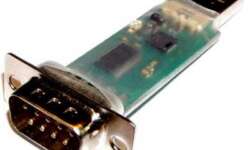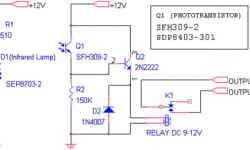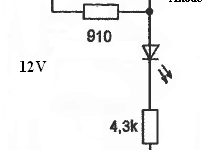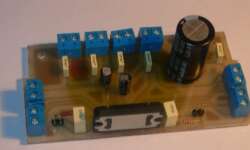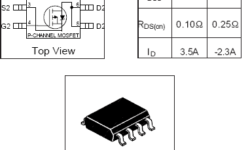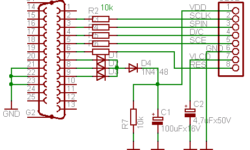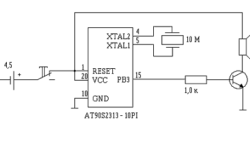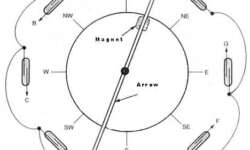DIY simple band-pass filter

This filter was designed to filter the 1kHz frequency of the telemetric signal from environmental noise. The filter itself is straightforwardly built with acceptable electronic parts worldwide. This filter can be used in any circuit because of its simplicity. The circuit contains a minimal amount of parts, including one general-purpose NPN transistor with coefficient 50…70 and more. Such filter blocks may be connected in series directly one to another(second IN first OUT). This way, filter gain may increase up to 1,2…2.


